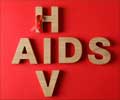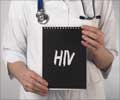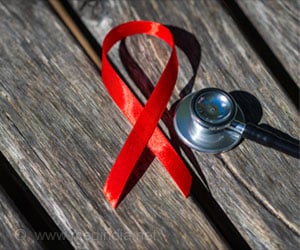A follow-up probe studying the use of circumcision to thwart the AIDS virus has confirmed that foreskin removal significantly reduces the risk of HIV infection for men.
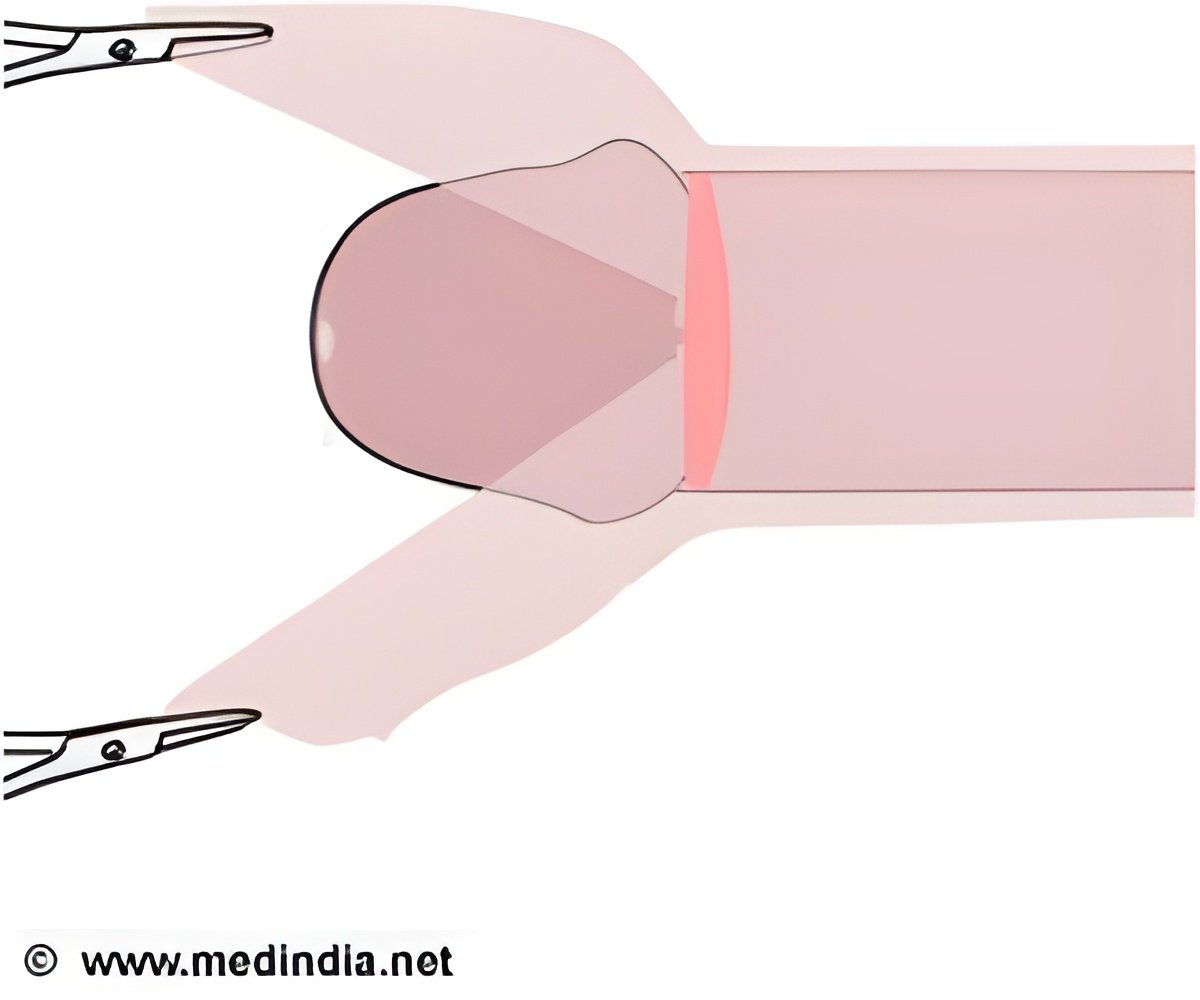
Three major trials took place in South Africa, Kenya and Uganda to test the effectiveness of circumcision in preventing infection by the human immunodeficiency virus (HIV) which causes AIDS.
Initial data pointed to a risk reduction of half, an estimate that was later boosted to 65 to 76 percent, according to the location.
Auvert's team went back to Orange Farm, the South African township where the first trial took place in 2002 and 2005, in order to carry out a follow-up survey.
They asked more than 3,300 men to be tested for HIV and give details about their sexual behaviour.
Multiple partners and condom use were the same, whether the men were circumcised or uncircumcised, the investigation found.
Without circumcision, prevalence of HIV in the community would have been 19 percent higher.
The rollout of adult male circumcision, endorsed by UNAIDS and WHO and backed by international donors such as the Gates Foundation, "should be accelerated".
One theory behind the effectiveness of circumcision is that the inner foreskin is an easy entry point for HIV. It is rich in so-called Langerhans cells, tissue that the AIDS virus easily latches on to and penetrates.
Still unclear, though, is whether women also gain an indirect protective effect if fewer men are infected.
Sub-Saharan Africa has around 23.5 million people living with HIV, or 69 percent of the global total, according to estimates released last year by UNAIDS.
Source-AFP
 MEDINDIA
MEDINDIA
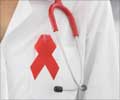

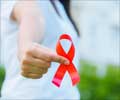

 Email
Email


